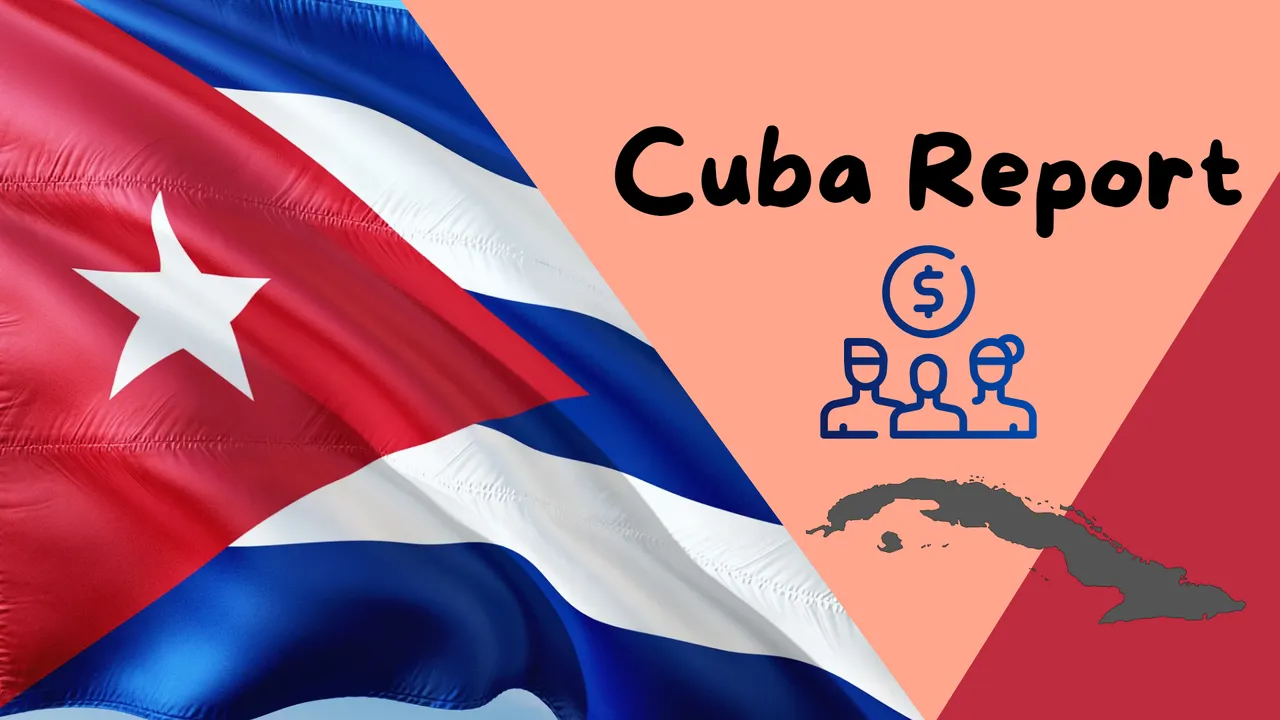Warning: You may feel some things are surrealistic, improbable, or absurd but all is true. Remember, Cuba is under the control of a totalitarian state with the only objective of keeping the power at any cost. This report will show you the actual situation in Cuba, that one that the state propaganda tries to deny.
Politic
The National Assembly of Popular Power (with all members being part of the Communist Party or a subordinate association) is working on a draft of the Land Law which will be published in the coming months so that producers and cooperatives in the country can study it. The truth is that the essential content of a bill is rarely modified, so we could consider this consultation process as a screen to project a false image of democracy. This has already happened with the Civil Penal Code, which was approved without modifications despite the opposition of citizens to a large part of its content that legalized political repression and criminalized freedom of speech.
We have to wait to see what new regulations or privileges to foreign investors over Cubans will bring the new Land Law.
**
Multiple activists and independent organizations of Cuban civil society denounced the arbitrary detention of several journalists who were preparing to cover the trial of opposition political activist Lenelis Delgado.
Economy
Alberto Fernández, Argentine president want to solve a diplomatic riddle that none of his predecessor managed to do: getting the Cuban regime to pay the debt of almost 3,000 million dollars that Fidel Castro acquired with Buenos Aires 50 years ago.
This will be included in his agenda during the Summit of the Group of 77 + China in Havana, on September 15 and 16. The debt is the most significant inactive and pending negotiation in that country. The Argentine government's idea is to offer the island's regime to replace that debt with tax benefits for companies that settle in Cuba.
With the background of the Paris Club and the legal demand to Cuban National Bank for a debt a lesson can be learned: the communist dictatorship of Cuba does not pay its debts.
**
The value of 1 dollar dropped to 215 Cuban pesos. Now the Cuba minimum pension is around 7 USD, the minimum wage is 9.76 USD and the average salary is 19.53 dollars; all amounts are on a monthly basis.
**
Social
Lack of medicines, high cost of food, and political repression are the constant in Cuba.
Havana city hygiene is at historic lows, the lack of investment in garbage hauling services produces garbage piles where rodents and other infection vectors thrive.
**
The educational system has a deficit of teachers, reaching 89% in provinces such as Camagüey. For this reason, scholar authorities initiated alternative programs to fit the necessities of the schools using hour contracts with 5th and 4th year college students.
The salary of teachers is 24 dollars per month on average, these students will earn half or one-third of that.
**
A new protest takes place in a neighborhood of 10 de Octubre, Havana in the form of a cacerolazo. The same happened around 11 p.m. last Friday, September 1, and was motivated after suffering more than 12 hours of continuous blackout.
During the space that the cacerolazo lasted and until the electricity was restored, there was a general internet cut throughout the country. A measure that after July 11, 2021 is a common practice to prevent other regions of the country from joining anti-government and anti-communist demonstrations.
**
The number of work accidents fell in 2022 compared to 2021, but the number of fatalities remained stable.
In the report Protection of Work. Selected indicators of the National Statistics and Information Office (ONEI) ensures that a total of 1,858 work accidents occurred in the country in 2022, 12.8% less than in the previous year. However, the number of deaths in this type of accident remained stable, at 52 people, so the mortality coefficient (deaths per 1,000 injured) increased from 24.2 to 26.7 points. It is noteworthy that this report did not include those killed in the explosions at the Saratoga Hotel in Havana (47 dead), nor those at the Matanzas Supertanker Base (17). If we add these numbers, the mortality coefficient reaches approximately 58 dead per 1,000 injured.
Final notes
This is all for today Cuba: Inside View Report, thanks for reading, and remember that you can check the other reports here:
Support this content
- Reblog the post.
- Share on #Web2 social networks.
- Share on LeoThreads, Dbuzz, or Liketu and earn $GOSH.
- Comment to discuss and help me grow.
- Tag me in your own posts to support each other.
